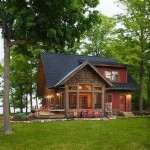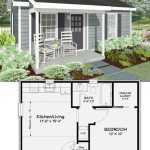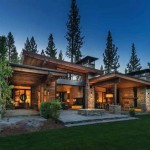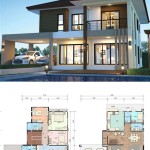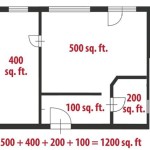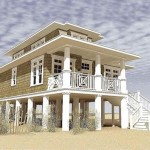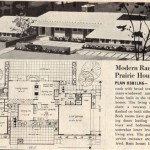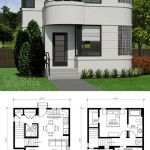Essential Aspects of Construction Plans for Dog Houses
Providing a cozy and comfortable shelter for your furry companion is crucial. Designing and constructing a dog house requires careful planning and attention to detail. Here are some essential aspects to consider when creating construction plans for a dog house:
Size and Dimensions
Determine the appropriate size of the dog house based on your dog's breed, age, and weight. The house should allow your dog to stand up, turn around, and stretch comfortably. Consider the following dimensions:
- Height: Should allow your dog to stand upright without hitting their head.
- Width: Wide enough for your dog to turn around comfortably.
- Length: Should be at least 1.5 times the length of your dog from nose to tail.
Materials
Choose durable and weather-resistant materials for the construction. Consider the following options:
- Wood: Cedar, pine, or plywood are common choices due to their insulating properties.
- Plastic: Durable and easy to clean, but less insulating.
- Metal: Provides excellent protection from the elements but can get hot in summer and cold in winter.
Insulation
Insulating the dog house is essential for maintaining a comfortable temperature inside. Use materials such as foam board, fiberglass batt insulation, or straw to line the walls and roof.
Ventilation
Provide adequate ventilation to prevent moisture accumulation and promote air circulation. Consider adding vents or screened windows to the sides or roof.
Drainage
Ensure proper drainage to prevent water from leaking into the house during rain or snowfall. Install a sloping roof or elevate the house on blocks to allow water to drain away.
Entrance Design
The entrance should be large enough for your dog to enter and exit comfortably. Consider the following factors:
- Size: The entrance should be at least 6 inches wider and 8 inches taller than your dog's shoulders.
- Shape: Rectangular or arched entrances are common designs.
- Location: Place the entrance on the side or back of the house to protect it from wind and rain.
Roof Type
The roof should be sloped to allow water to drain off and prevent leaks. Common roof types include:
- Single-slope roof: A simple and inexpensive option.
- Gable roof: Provides better drainage and ventilation.
- Shed roof: Similar to a single-slope roof but with a steeper incline.
Finishing Touches
Once the basic structure is complete, add finishing touches to enhance the aesthetics and comfort of the dog house. Consider the following:
- Paint or stain: Protect the exterior from the elements and enhance the visual appeal.
- Porch or deck: Provide an outdoor space for your dog to relax.
- Bed or bedding: Make the interior cozy and comfortable for your dog.

Building A Doghouse Buildeazy

Ideal Doghouse For Outdoor Use In Saskatchewan Saskspca

Cold Weather Dog House Plans

12x16 K3 Dog Kennel Plans 3 Stall Shelter

Diy Insulated Dog House Build

Large Dog House Plans Howtospecialist How To Build Step By Diy

Reader Project How To Build The Ultimate Diy Dog House Family Handyman

Diy Doghouse Keep Your Pets Warm This Winter 100 Things 2 Do

Dh300 Dog House Plans Free How To Build An Insulated For Construction

Building A Doghouse Buildeazy
Related Posts

